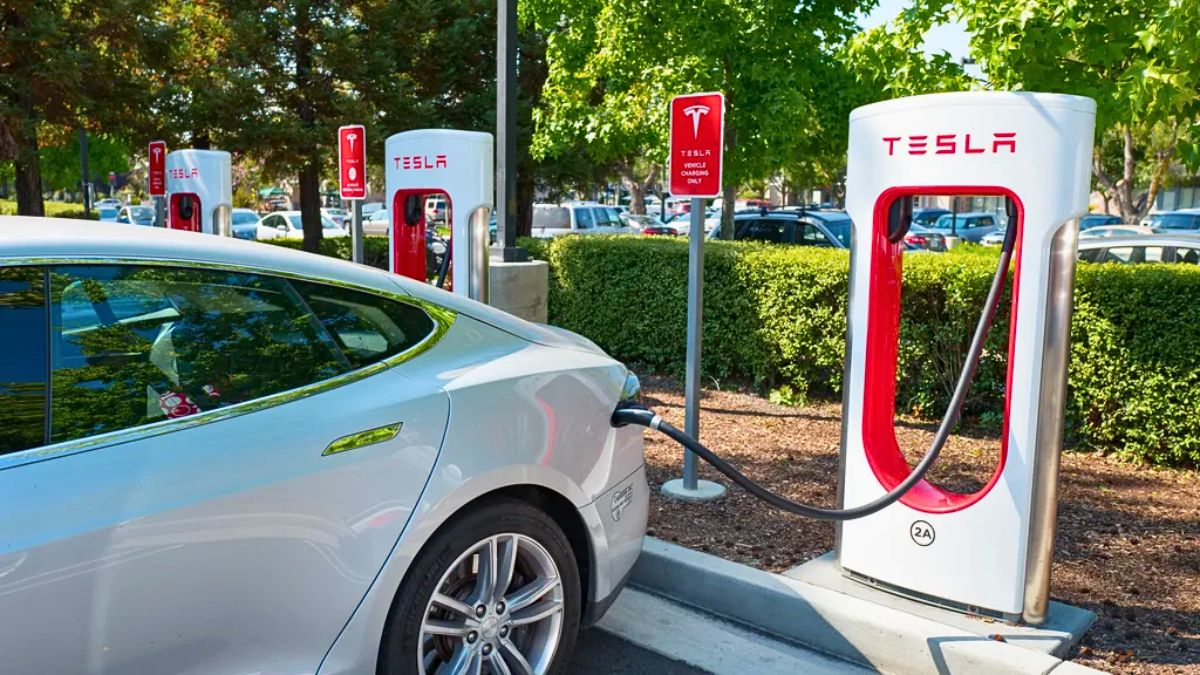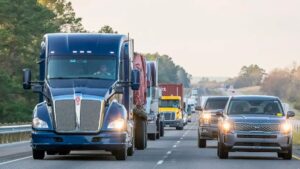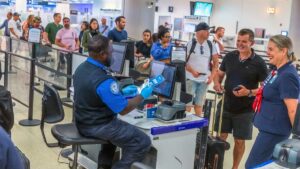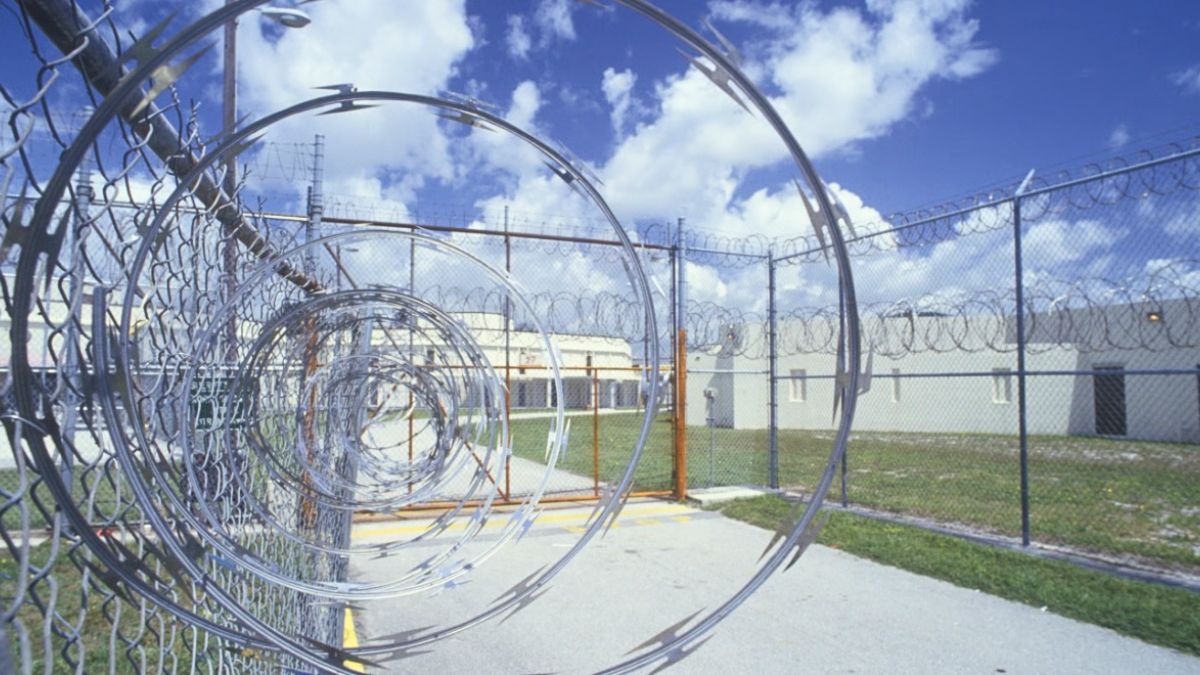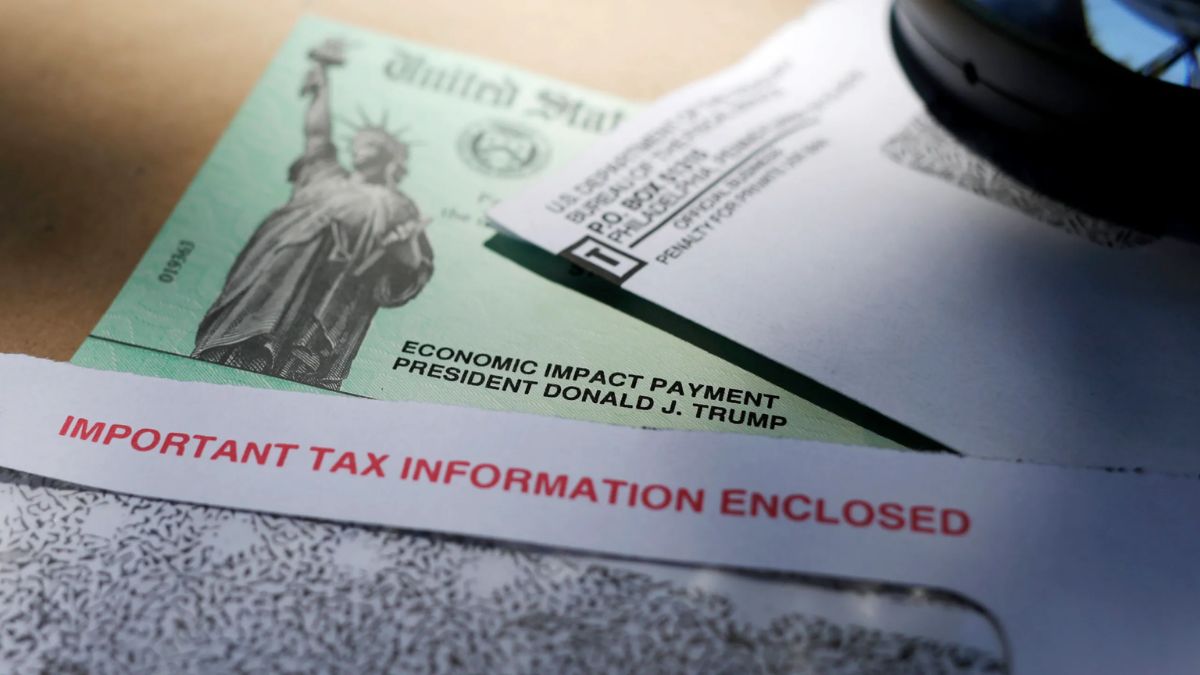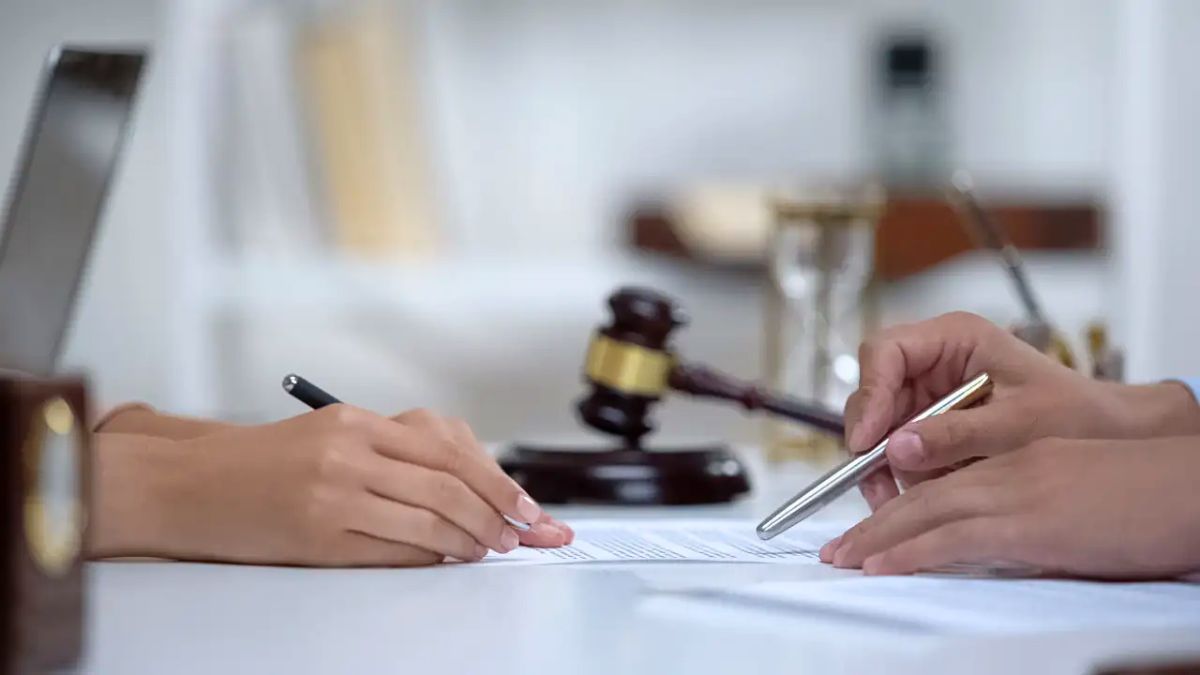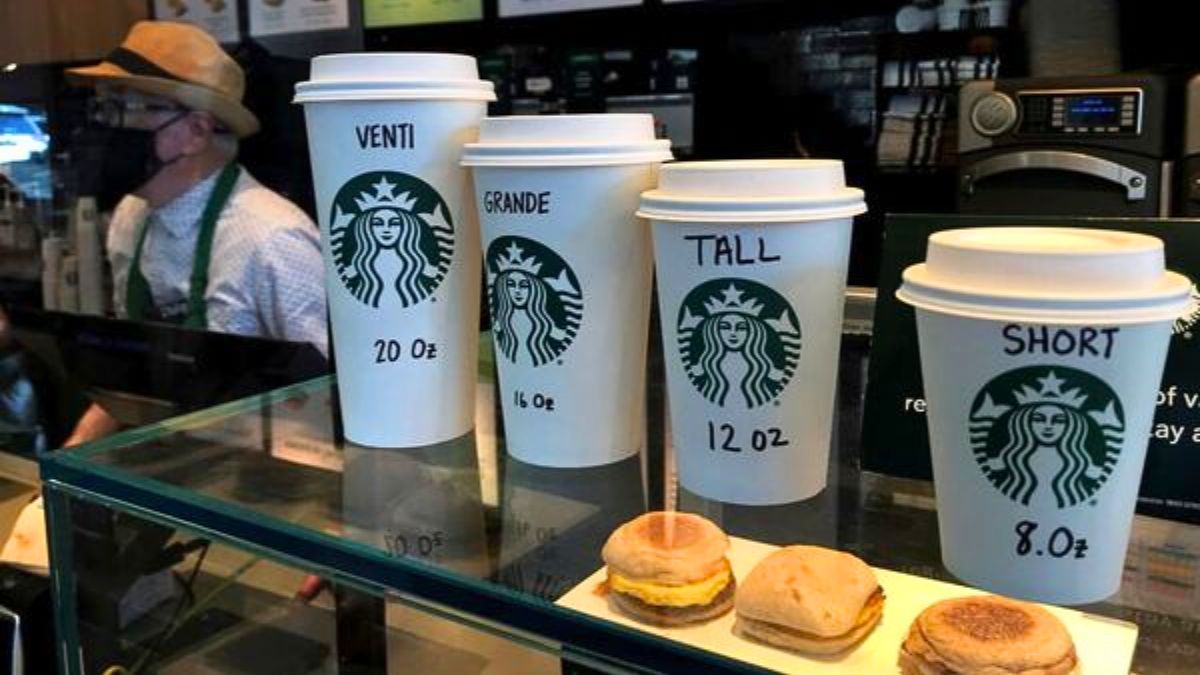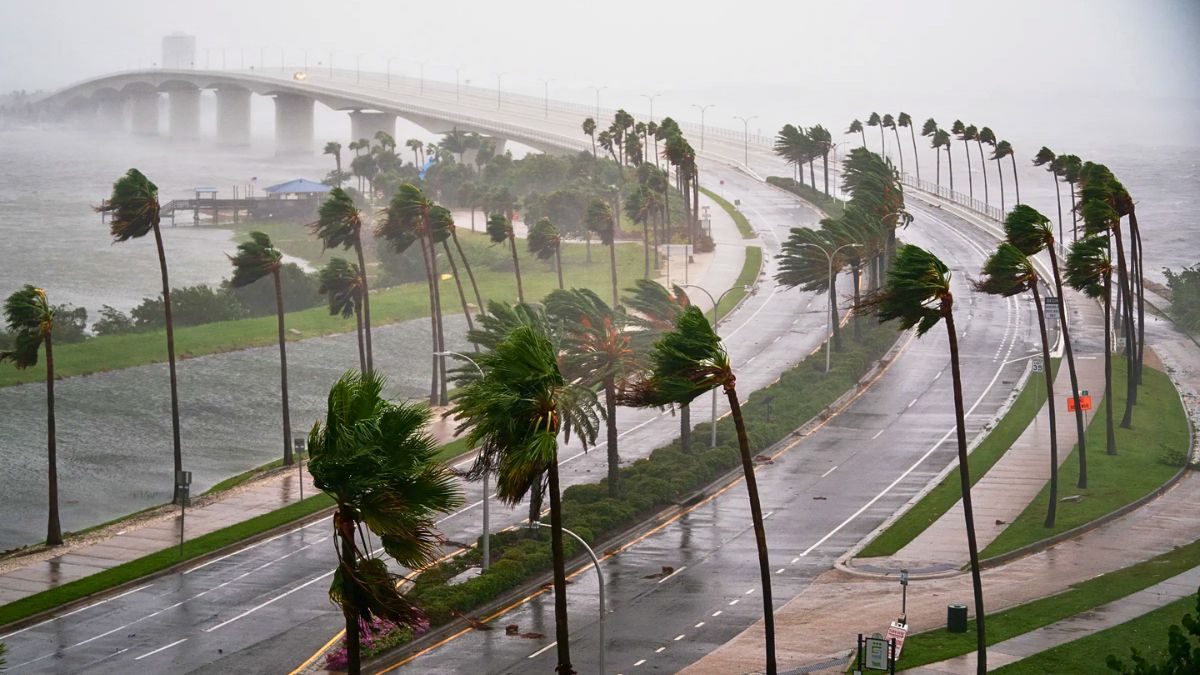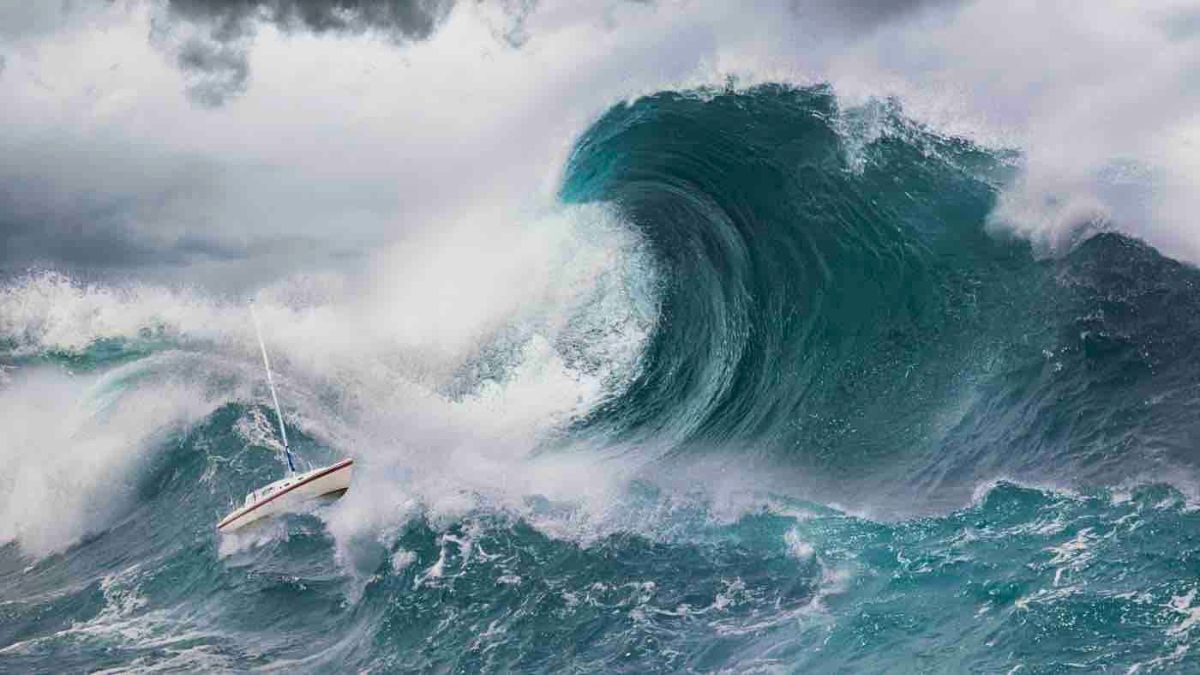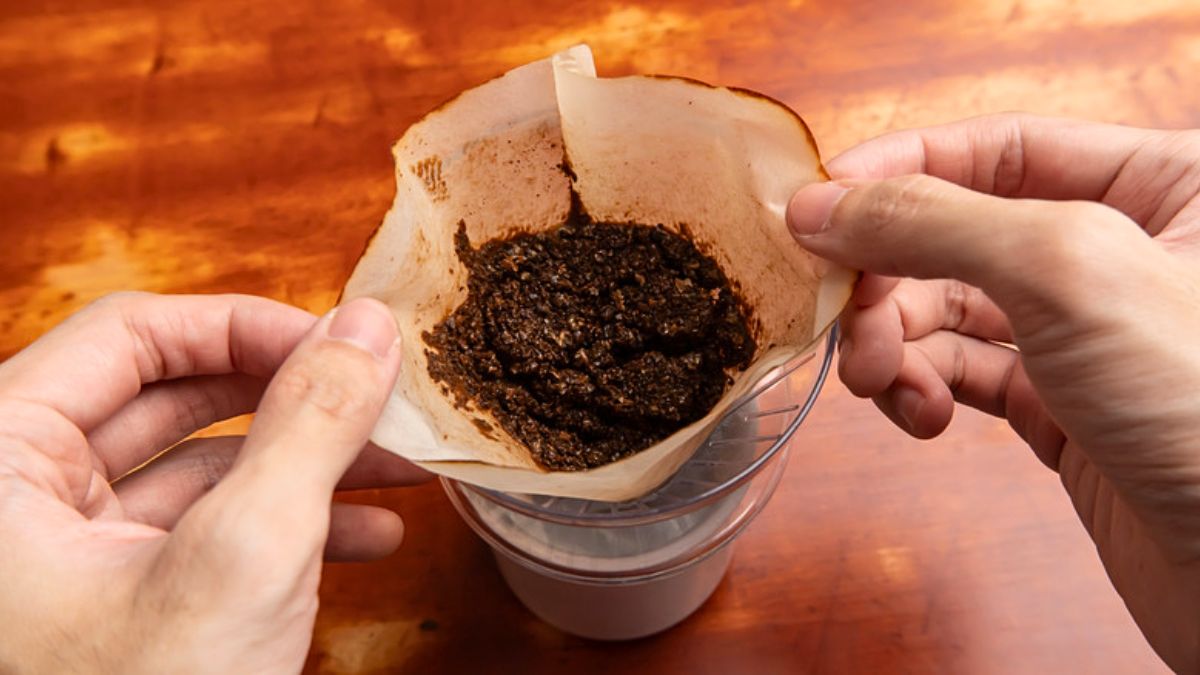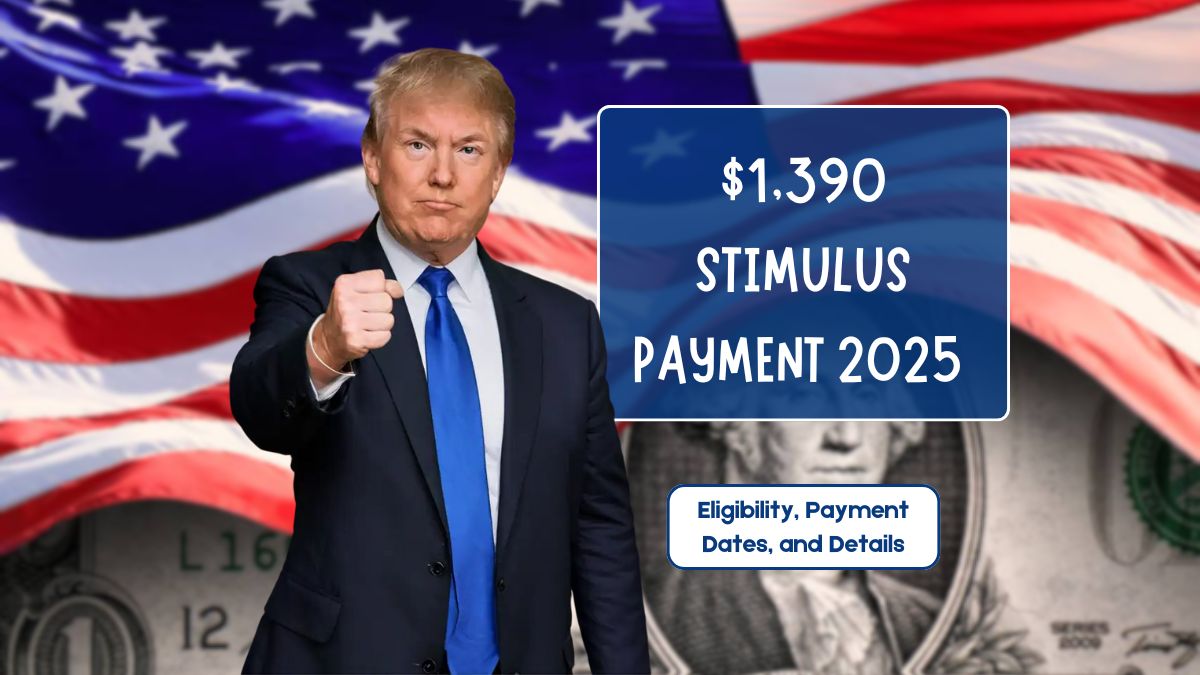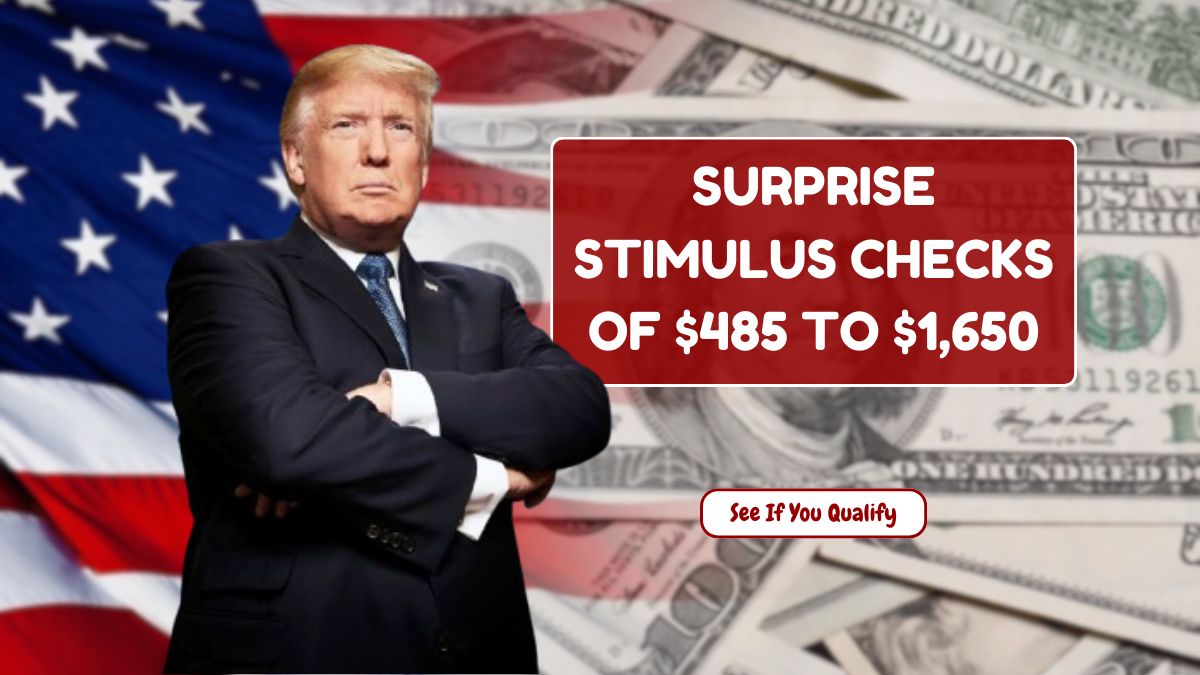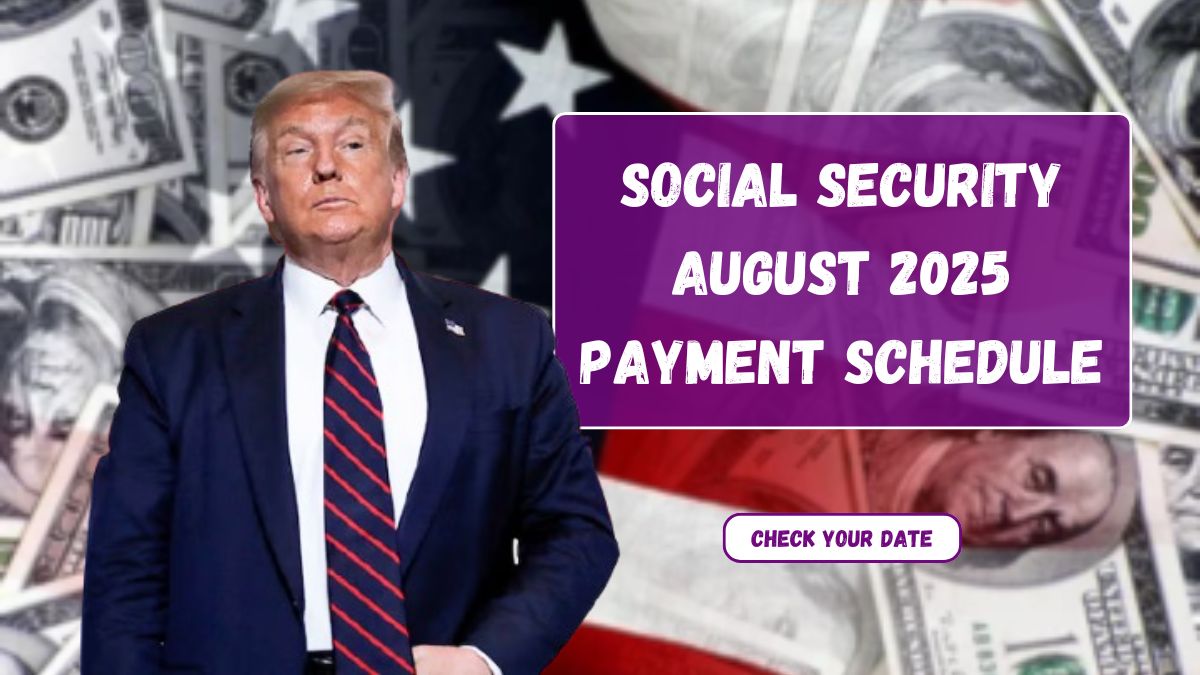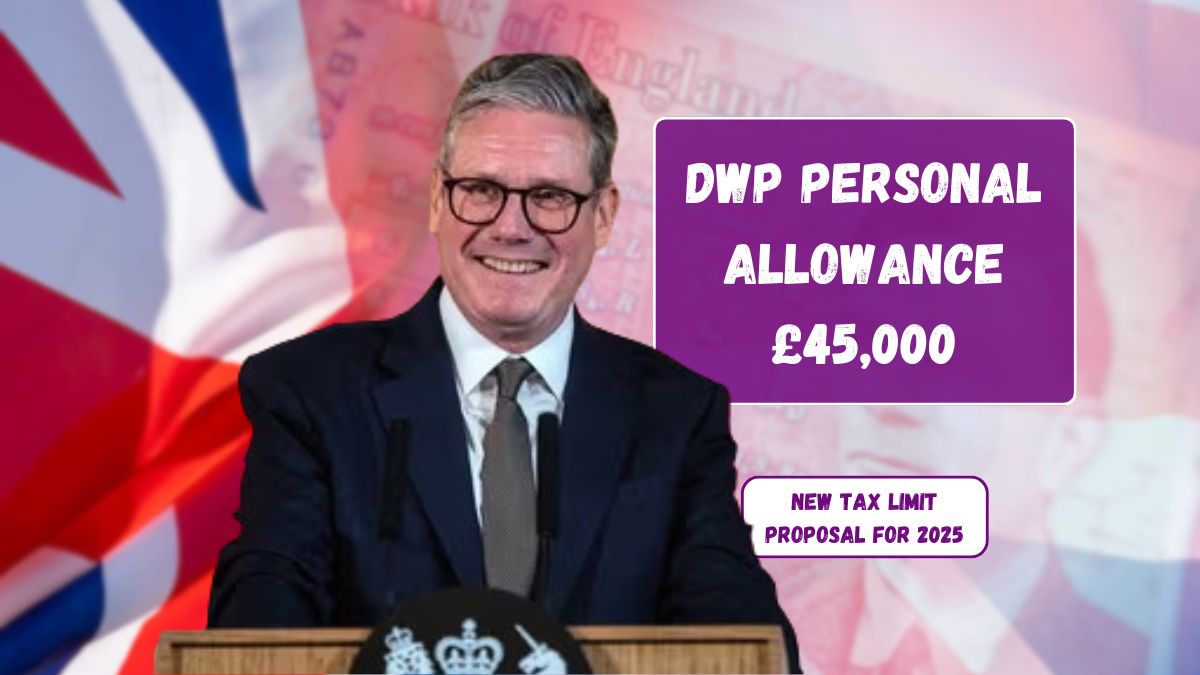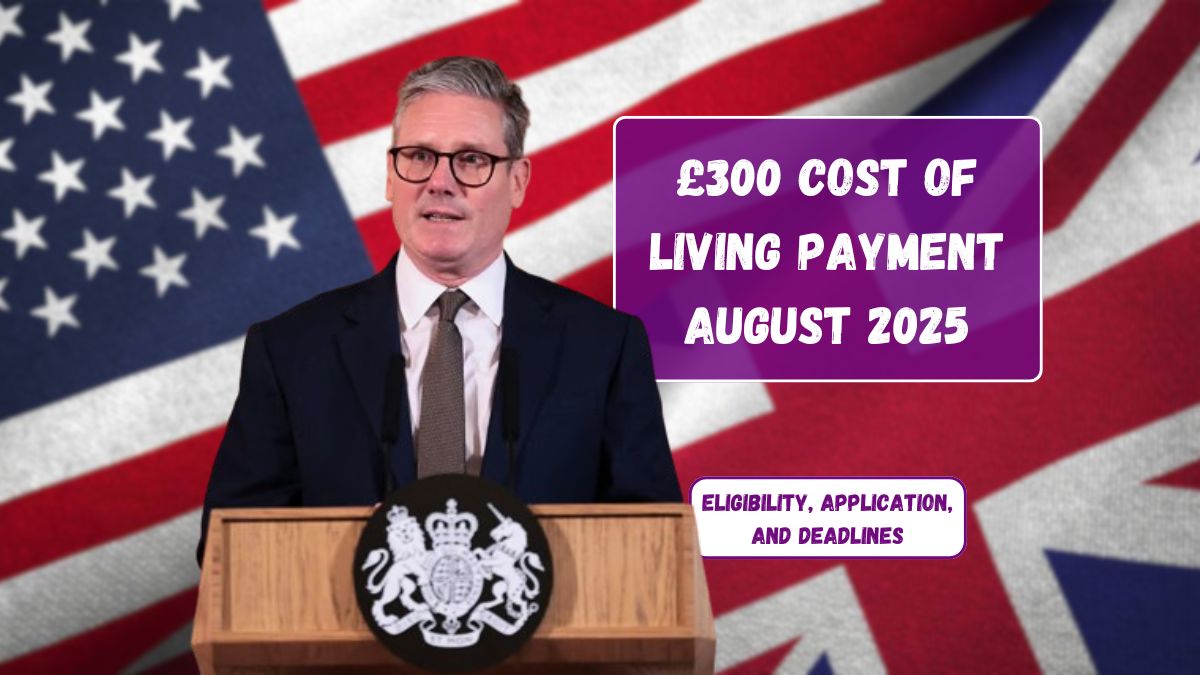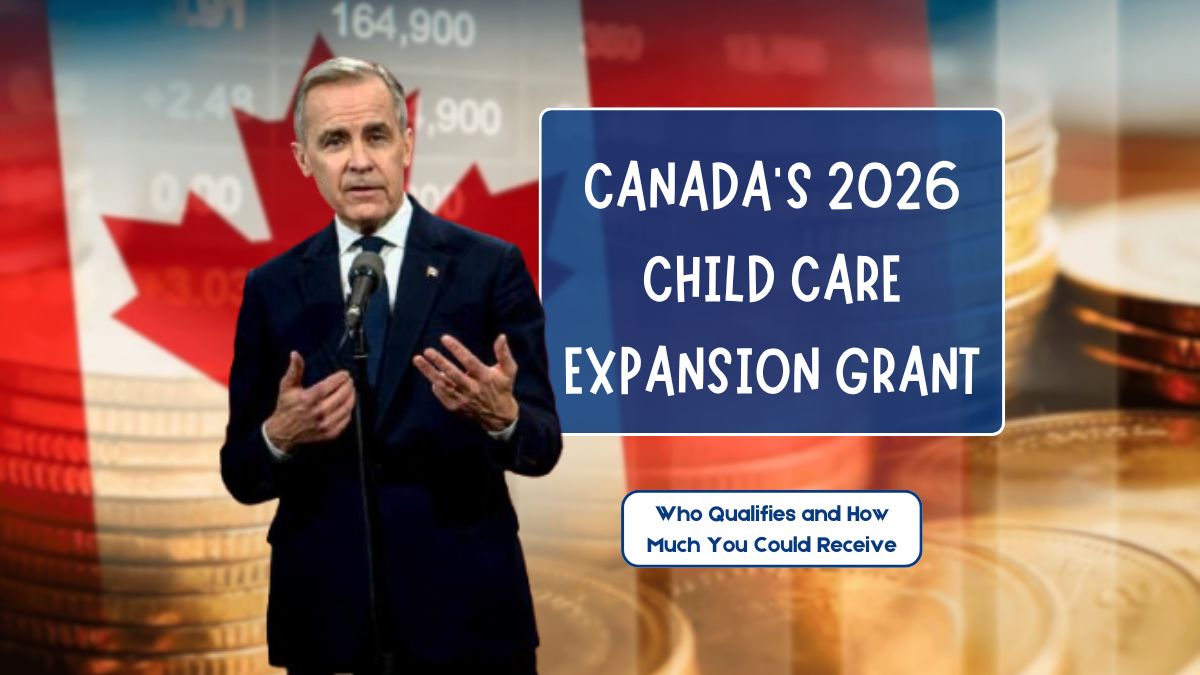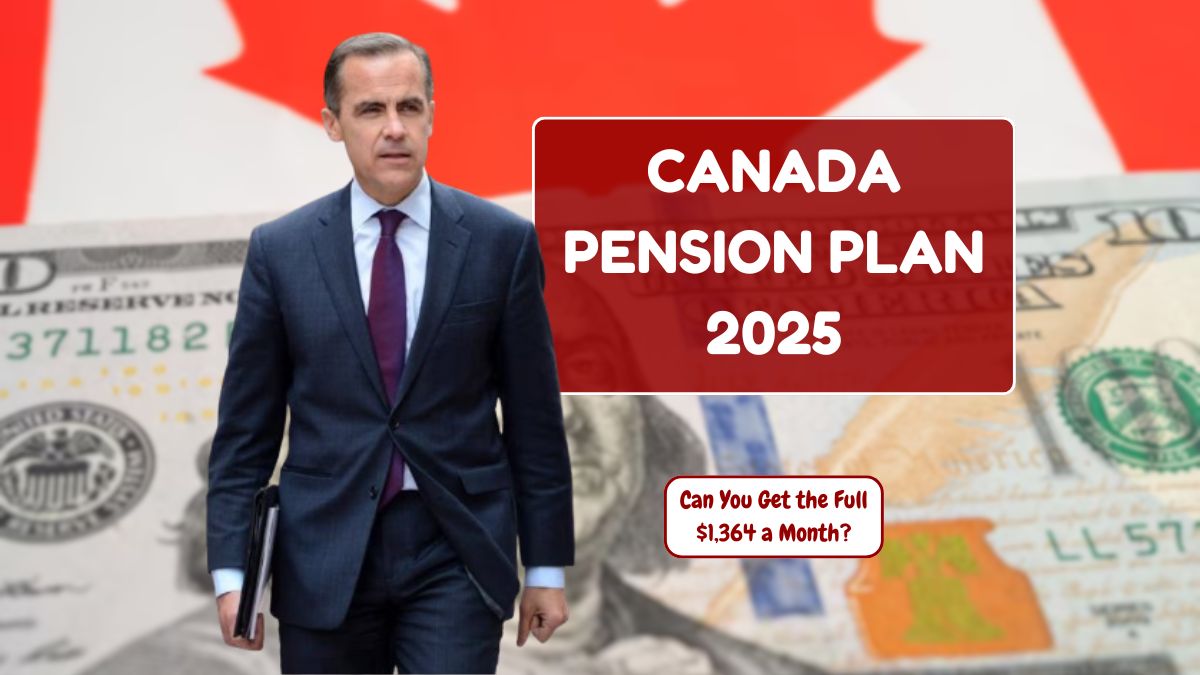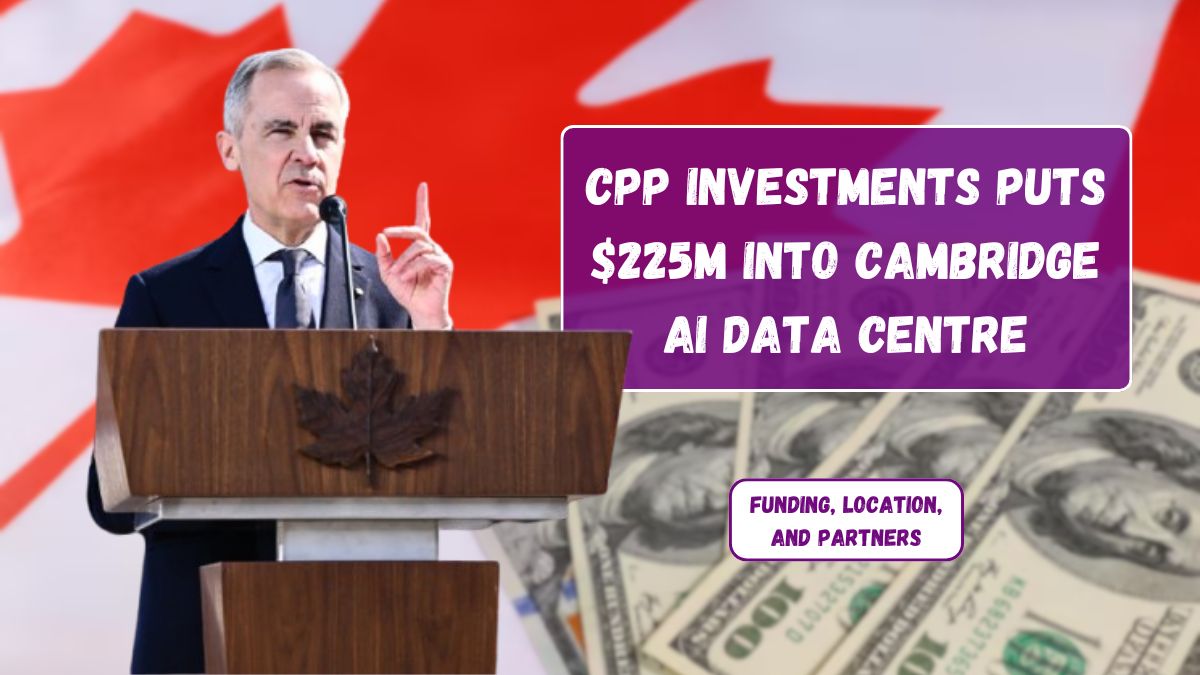Tesla is once again under the spotlight—and this time, it’s more serious than a glitch or a recall. A civil jury has just ordered the electric car giant to pay a staggering $329 million after a fatal crash involving its Autopilot system. The tragic event raises major questions about driver-assistance technology, who’s truly in control, and what happens when things go horribly wrong.
Let’s break down what happened, why Tesla’s Autopilot is in the hot seat, and what this means for the future of self-driving cars.
Crash
The accident happened back in 2019 in Key Largo, Florida. George McGee was driving a Tesla with two passengers: Naibel Benavidez, a 20-year-old woman, and her boyfriend, Dillon Angulo. McGee activated the Autopilot feature, then got distracted while looking for his phone. The result? A devastating crash that killed Naibel and left Dillon seriously injured.
Although McGee was behind the wheel, the jury ruled that Tesla shared responsibility due to its driver-assistance system. That decision resulted in one of the largest payouts related to Autopilot failures to date.
Autopilot
Let’s clear something up: Tesla’s Autopilot is not a fully autonomous driving system. It can control the steering, acceleration, and braking—but drivers are still expected to stay alert and keep their hands on the wheel.
In this case, McGee failed to do that. Tesla argues that the crash happened because the driver ignored safety instructions, and the system is not meant to replace human attention. According to Tesla, Autopilot is safe when used as intended, and it shouldn’t be blamed for human error.
Payout
Here’s how the $329 million compensation breaks down:
| Recipient | Amount |
|---|---|
| Benavidez’s family | $59 million |
| Dillon Angulo | $70 million |
| Punitive damages (Tesla) | $200 million |
The biggest chunk—$200 million—is punitive damages, meant to punish Tesla for its role and send a clear message about corporate responsibility.
Response
Tesla, unsurprisingly, disagrees with the verdict and is planning to appeal. The company believes this decision could slow innovation in technologies that are actually intended to make roads safer. From their point of view, this could discourage the development of features that, when used correctly, save lives.
Family
Meanwhile, Naibel’s family says they’re not just seeking justice—they want to prevent this kind of tragedy from happening to anyone else. They’ve accused Tesla of withholding data from the vehicle, potentially blocking investigators from learning more about what exactly went wrong.
Their hope? That this massive case pushes automakers to be more transparent and cautious when rolling out advanced tech.
History
This isn’t Tesla’s first brush with lawsuits involving Autopilot. In 2018, a driver was killed in California while using the system, sparking a legal battle. And more recently, Tesla’s controversial robotaxi prototypes have raised concerns during tests in Austin, Texas, with videos showing them driving recklessly—speeding, missing signs, or even going the wrong way.
Questions
The real takeaway from this case is the larger conversation it sparks: How safe is driver-assistance technology really? Who takes the blame when things go wrong—the driver, or the company that made the system?
There’s no doubt technology can help, but it can also fail. And when that happens, the consequences can be deadly. So, even with Autopilot, drivers must stay focused, stay alert, and understand that they’re still in charge.
Because at the end of the day, no matter how smart the car is, it doesn’t replace common sense—or responsibility.
FAQs
What caused the Tesla crash in Florida?
The driver used Autopilot and got distracted, leading to a fatal crash.
How much must Tesla pay in damages?
A jury ordered Tesla to pay $329 million in total.
Is Tesla’s Autopilot fully autonomous?
No, drivers must stay alert and keep hands on the wheel.
Can Tesla appeal the court’s decision?
Yes, Tesla plans to appeal the jury’s verdict.
What is punitive damages in this case?
Tesla was fined $200M to punish and warn against negligence.

